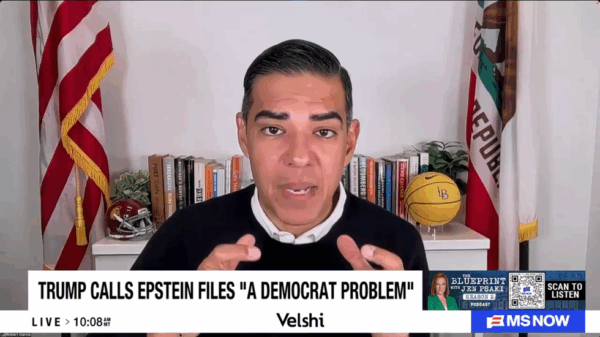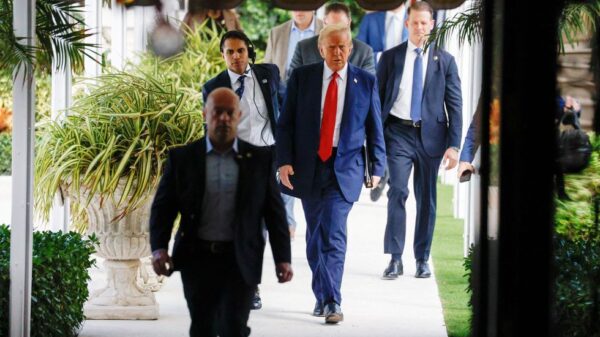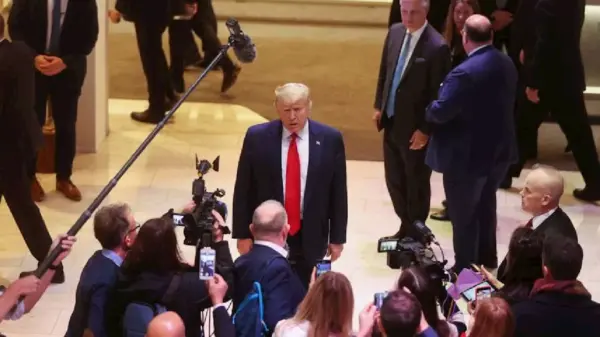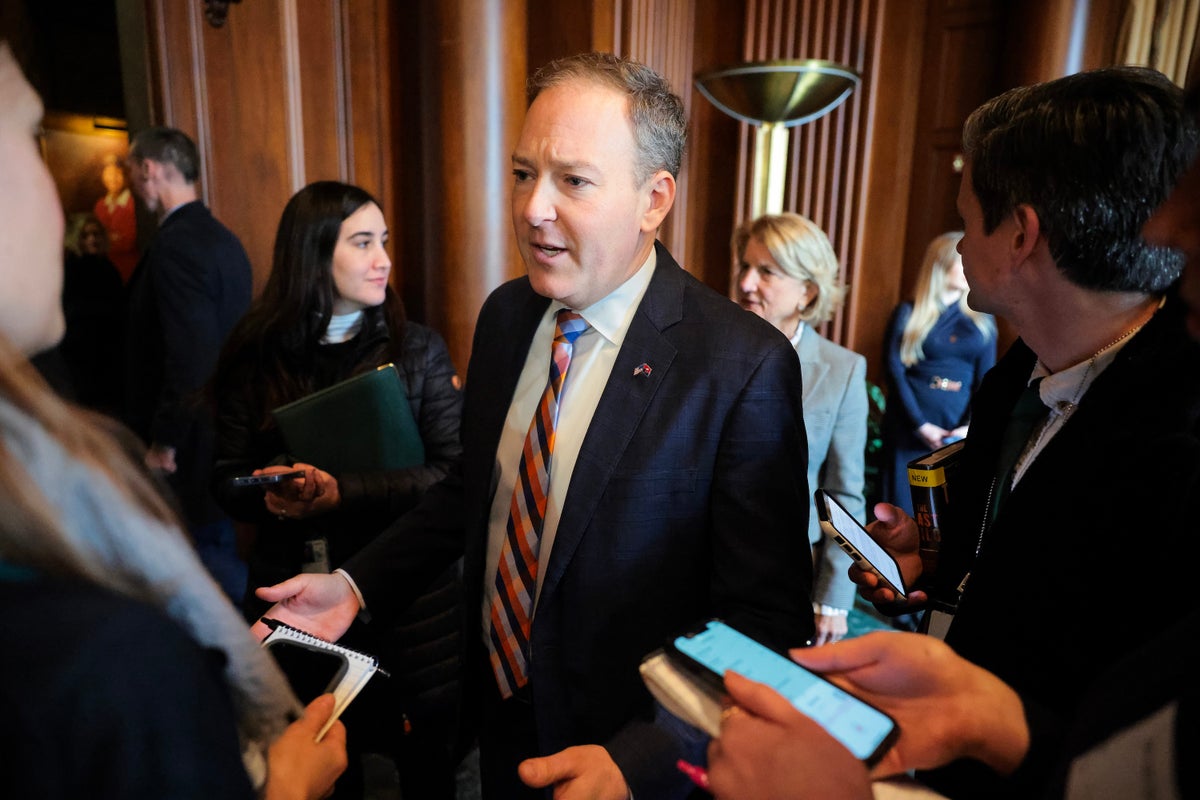The Environmental Protection Agency (EPA) has dismissed five employees who signed a June declaration critical of the Trump administration’s efforts to roll back pollution, climate, and health safety regulations. In addition, four other employees received removal notices, highlighting a significant response from the agency to dissenting voices within its ranks.
In a statement released on September 8, 2023, the EPA clarified that decisions regarding employment were made on an “individualized basis” following thorough investigations. This information was first reported by the Washington Post. The June “Declaration of Dissent” included signatures from hundreds of EPA employees who expressed deep concerns over the administration’s actions that they believe undermine the agency’s mission to protect human health and the environment.
The declaration criticized the administration for prioritizing the interests of polluters over scientific evidence, stating that the agency has dismantled crucial initiatives aimed at safeguarding vulnerable communities. Many employees chose to sign anonymously, fearing repercussions similar to those experienced by their colleagues, who were placed on paid leave after the declaration’s release. This leave was extended multiple times while the agency investigated the circumstances surrounding the preparation of the declaration during work hours.
Michael Pasqua, an EPA employee responsible for managing drinking water safety in Wisconsin and a signatory of the declaration, stated, “The administration is blatantly lying about the sourced facts of our dissent letter, and are now blatantly retaliating and infringing on our constitutional rights.” His comments underscore the tension between agency employees and the current administration.
During the initial Trump administration, which featured Scott Pruitt as EPA administrator from February 2017 to July 2018, the agency rolled back over 100 environmental regulations. With Trump’s return to office, there are reports of renewed efforts to reduce federal support for solar and wind power initiatives, alongside further environmental deregulation.
The current administration has also faced backlash from staff across various scientific agencies. Reports indicate that hundreds of employees from the EPA, NASA, National Institutes of Health, and National Science Foundation have signed public letters opposing recent policy changes. The collective dissent is a rare display of resistance from federal employees who typically refrain from public criticism.
In February 2023, Trump suggested during a cabinet meeting that the EPA might cut its workforce by 65 percent, claiming that many employees were not fulfilling their roles effectively. A White House spokesperson later clarified that the agency aimed to reduce its budget rather than its personnel.
Concerns about the administration’s approach to science and environmental policy have grown, especially after the release of a “Katrina Declaration” by Federal Emergency Management Agency (FEMA) employees in August 2023. This declaration warned Congress about budget cuts to disaster prevention programs and the perceived censorship of climate science, raising alarms about the potential for future disasters akin to Hurricane Katrina in 2005, which resulted in nearly 1,900 fatalities.
FEMA has responded by placing 36 non-anonymous signatories on administrative leave, mirroring the EPA’s actions. Colette Delawalla, a representative from the advocacy group Stand Up for Science, expressed her dismay at the firings, stating, “This is a betrayal of our nation’s most dedicated members of society — we all want clear air and water for ourselves and our families.” She emphasized that whistleblower protections are enshrined in law and that these individuals acted with integrity.
As the situation evolves, the implications of these actions on employee morale and the agency’s ability to fulfill its mission remain to be seen. The firings reflect a broader trend of tension between the current administration and the scientific community, raising questions about the future direction of environmental policy in the United States.



































































